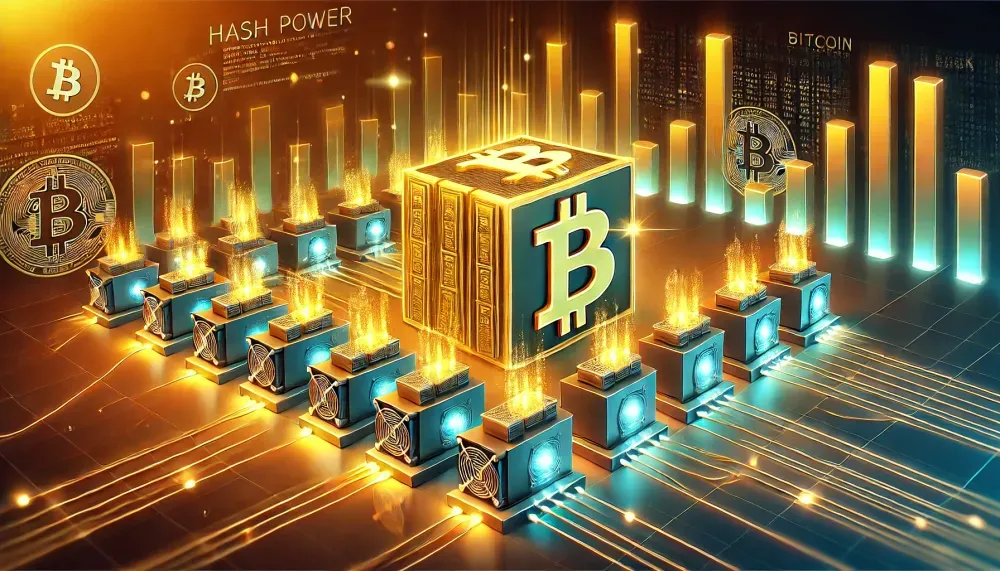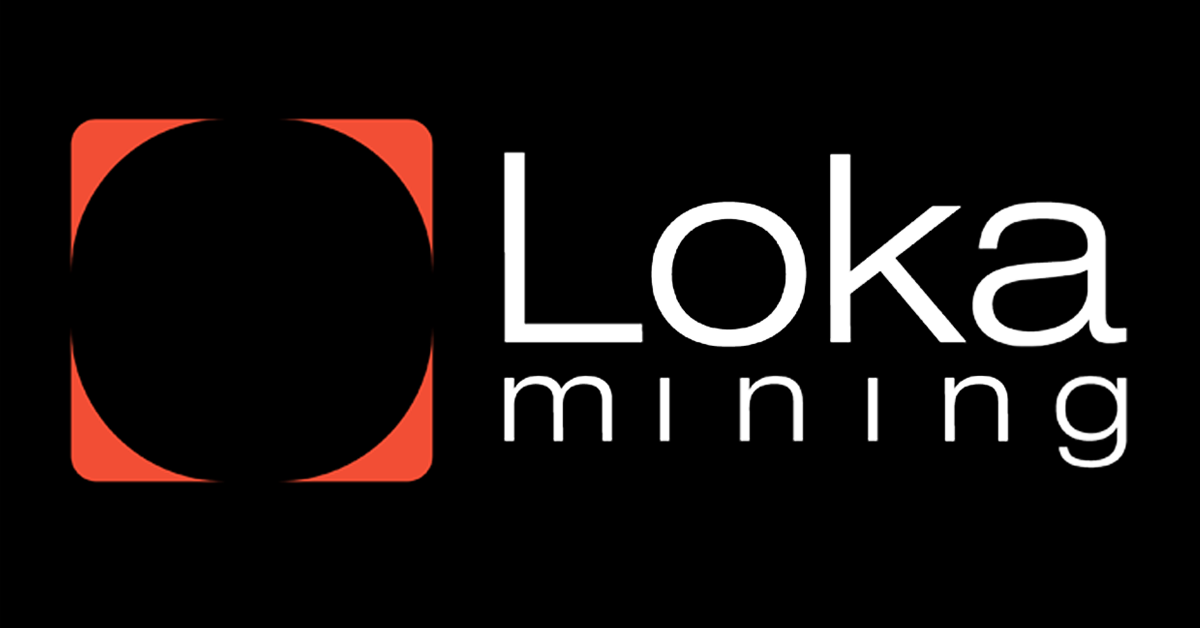Blocks in Bitcoin Mining and the Influence of Hashing on Miners' Success

Bitcoin mining is a critical process that upholds the integrity, security, and decentralization of the Bitcoin network. The miners' work in solving complex mathematical puzzles ensures that transactions are validated and securely added to the blockchain. This article delves into the role of blocks in Bitcoin mining, how miners compete to find these blocks, and the influence of hashing power on their success.
Understanding the Concept of Blocks in Bitcoin Mining
A block in the Bitcoin network is a unit of data that contains transaction information. Miners aggregate transactions broadcasted to the network into a block and then compete to solve a mathematical puzzle to add the block to the blockchain. Once verified, the block is permanently added to the chain, making it immutable. This mechanism ensures data integrity and prevents double-spending.
Each block in the Bitcoin blockchain contains:
- Previous Block's Hash Header: The unique identifier for the preceding block, linking blocks together and forming a continuous chain.
- Transaction List: The actual data and details of all transactions included in the block.
- Nonce: A random number that miners adjust to produce a hash output that meets network-defined conditions.
- Merkle Root: A data structure that summarizes all transactions in the block, enhancing data integrity and allowing efficient verification.
The goal of mining is to create a hash of the block's header that meets a specific target determined by the network's difficulty level. This target adjusts approximately every 2,016 blocks (roughly every two weeks) to maintain the network's block production rate at approximately one block every 10 minutes.
The Mining Process: A Closer Look at Hashing and Proof-of-Work
Bitcoin mining employs a consensus mechanism known as Proof-of-Work (PoW). This process requires miners to repeatedly hash the block header by changing the nonce value until they find a hash that matches or is below the target difficulty. The SHA-256 algorithm, a cryptographic hash function, is used to generate these hash outputs, ensuring security and resistance to tampering.
Miners compete with one another to find a valid hash. When a miner successfully discovers a hash that meets the network's criteria, they broadcast their block to the network. If the block is valid and accepted, they receive a block reward, which includes newly minted Bitcoin and transaction fees from the transactions contained in the block.
The Role and Influence of Hashing Power
Hashing power (also referred to as hash rate) measures a miner's computational strength—the number of hashes they can generate per second. A higher hash rate means a miner can make more attempts to solve the block's mathematical puzzle, increasing their likelihood of success. However, it is important to understand the nuanced relationship between hashing power and mining success:
- Probability-Based Success: Mining is fundamentally a probabilistic process. Even with higher hashing power, there is no guarantee of winning the competition to mine a block. It simply increases the odds in the miner's favor.
- Network Difficulty Adjustment: The network adjusts mining difficulty based on the total hashing power of all miners. If global hash power increases significantly, the difficulty level also rises, making it more challenging for any single miner to solve a block. This prevents any single entity from dominating the mining process.
- Mining Pools: Due to the competitive and resource-intensive nature of mining, many miners choose to join mining pools. In a mining pool, participants combine their hashing power to increase their chances of mining a block. If the pool successfully mines a block, the rewards are distributed among members according to their contributed hashing power. Pools make mining more consistent and reduce individual risk, especially for miners with limited hashing resources.
Benefits and Challenges of High Hashing Power
The primary benefit of higher hashing power is the increased probability of earning mining rewards. Large-scale mining operations with substantial hashing power can achieve greater consistency and higher profitability over time. However, there are challenges and costs associated with scaling up:
- Energy Costs: Mining requires significant energy, and higher hashing power translates to greater electricity consumption. The cost of energy can dramatically impact profitability, especially in regions with high electricity rates.
- Hardware Costs: Powerful mining hardware (e.g., ASICs—Application-Specific Integrated Circuits) is required to achieve high hashing power. These devices are expensive, and upgrading or maintaining them can be costly.
- Environmental Impact: The environmental footprint of Bitcoin mining, especially with high hashing power, has become a topic of global concern due to its energy intensity. The industry has seen efforts to mitigate this through renewable energy solutions and more efficient mining technologies.
The Dynamic Nature of Bitcoin Mining Competition
Bitcoin mining is an ongoing arms race where miners strive to maximize their profitability through efficiency, hardware upgrades, and access to cheaper energy sources. Despite the fierce competition, the system's decentralized nature ensures that no single miner or mining pool can control the entire network. The Proof-of-Work consensus mechanism guarantees that mining remains a distributed and secure process.
Conclusion
In summary, blocks in Bitcoin mining serve as data containers that verify and permanently store transactions. The process of solving a block is a probabilistic challenge, heavily influenced by hashing power. While higher hashing power increases a miner's chances of success, network difficulty adjustments and the competitive nature of mining pools ensure that the process remains balanced. This intricate system maintains the security and decentralization of the Bitcoin network, enabling it to function as a robust and trustless digital currency.
This article presented by Loka Mining.
Loka is revolutionizing the Bitcoin mining ecosystem by directly connecting investors with Bitcoin miners through a decentralized mining pool and an upcoming permissionless forward hashrate marketplace protocol.
Loka enables investors to get Bitcoin at lower than market price without centralized & counter-party risks, and Bitcoin miners to access capital efficient financing and hedge their risk exposure by selling their future mining rewards.
Find out more about loka in https://lokamining.com — or access our mining pool aggregator on https://pool.lokamining.com





